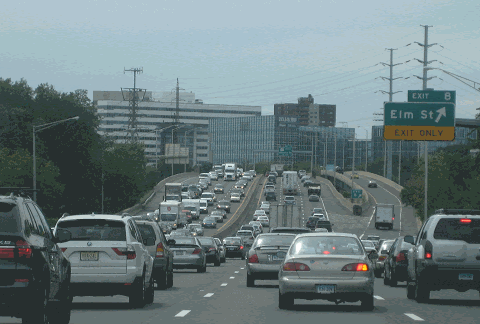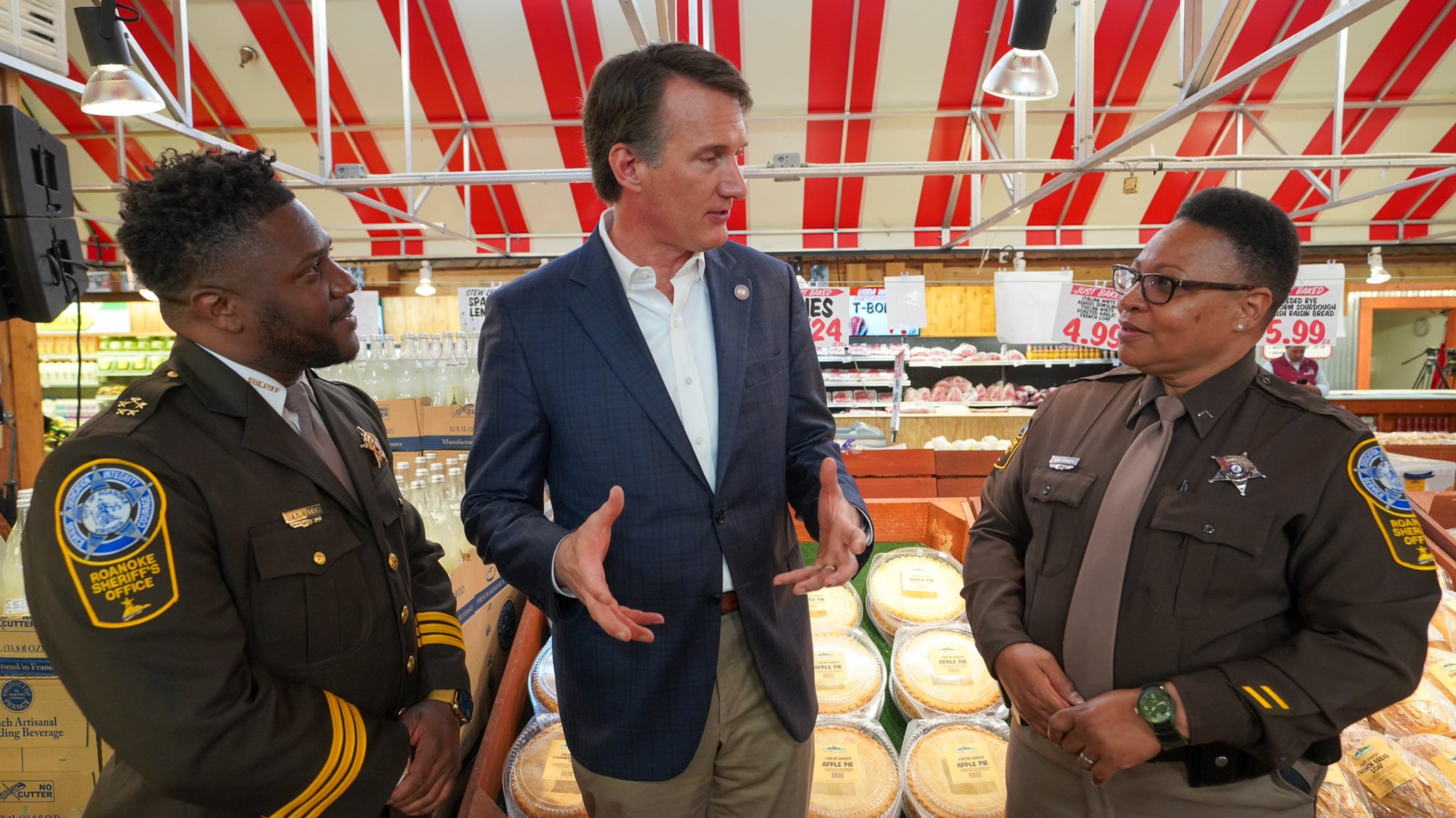Traffic fatalities in Virginia rose 16 percent from 2019, to 2021, according to traffic research nonprofit TRIP, which reports that nationally, fatalities rose 19 percent during that same period. In 2021, 903 crashes occurred, resulting in 963 fatalities, up from 827 in 2019 and 847 in 2020, despite a decrease in total miles driven, according to DMV data.
“The dramatic increase in roadway fatalities during the pandemic spotlights a national public health crisis that states have been working to resolve for years,” American Association of State Highway and Transportation Officials Executive Director Jim Tymon said in the TRIP press release.
In 2019, Virginia had 85.4 billion vehicle miles, 76.1 billion in 2020 related to the beginning of the COVID-19 pandemic, and 83 billion in 2021.
A June 2021 National Highway Traffic Safety report states, “After the declaration of the public health emergency in March 2020, driving patterns and behaviors in the United States changed significantly (Wagner et al., 2020; Office of Behavioral Safety Research, 2021a, 2021b). Of the drivers who remained on the roads, some engaged in riskier behavior, including speeding, failure to wear seat belts, and driving under the influence of alcohol or other drugs. Traffic data cited in those reports showed average speeds increased during the last three quarters of 2020, and extreme speeds, those 20 miles per hour (or more) higher than the posted speed limit, became more common.”
According to Virginia DMV data, in 2021 there were 247 alcohol-related fatality crashes, 445 speed-related crashes, and 334 unrestrained fatalities. There were 118,498 total crashes, and 678 of those killed were drivers. There were 125 pedestrian fatalities and 16 bicycle fatalities.
In analysis of the DMV data, Drive Smart Virginia cites CDC data that motor vehicle crashes are the leading cause of death for people 5-19 years of age.
Drive Smart Virginia highlights leading factors in crashes and injuries, including distracted driving, inexperienced drivers, impaired driving, and not using safety restraints. They also highlight needs to increase pedestrian and bicyclist awareness.
In its report, TRIP highlights a new National Roadway Safety Strategy from the U.S. Department of Transportation, including improving people’s behavior with education, better road design, safer vehicles, safer speeds, and better post-crash emergency response service.
“AAA urges state, local and tribal leaders to fully leverage the programs within the Infrastructure Investment and Jobs Act to implement the Safe System Approach when developing their transportation programs,” AAA’s Director of Traffic Safety Advocacy and Research Jake Nelson said in the TRIP release. “We cannot fail to act at this juncture. AAA calls on government leaders to move beyond claims that ‘safety is priority number one’ to real-world actions that prove it.”
This article originally appeared in The Virginia Star. The opinions expressed in this article are those of the author and do not necessarily reflect the positions of The Republican Standard. Republished with permission.





